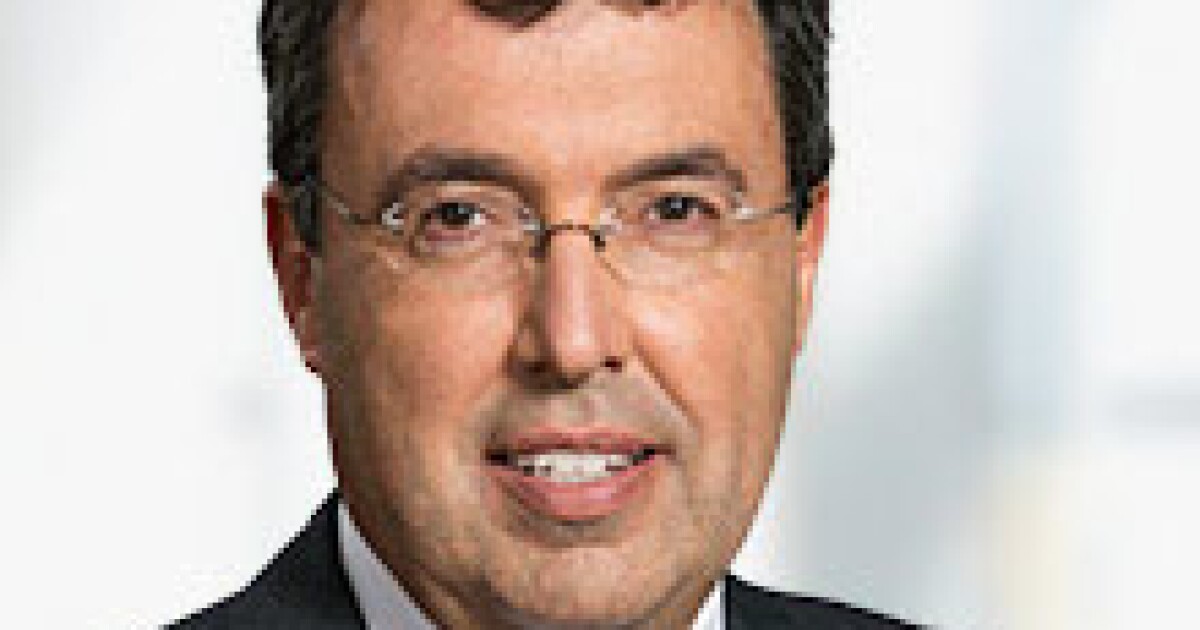The court ruling that blocked much of President Donald Trump’s sweeping tariffs threatens to blow what some economists estimate as a $2 trillion hole into the U.S. fiscal outlook over the coming decade, should the judgment stay in place.
The ruling could also present a new obstacle for Republicans who are relying on the revenue to help offset the cost of a roughly $4 trillion tax cut moving through Congress.
“At face value, this ruling will take away billions of dollars of prospective tariff revenue” annually, said Douglas Elmendorf, a Harvard Kennedy School professor and former director of the Congressional Budget Office — a nonpartisan arm of the U.S. legislature.
A federal appeals court Thursday paused the Court of International Trade’s Wednesday ruling striking down a swath of Trump’s levies, and the White House is pushing to overturn the judgment entirely, aiming to appeal to the Supreme Court as soon as Friday.
If the CIT ruling survives appeal, it would remove duties that would have raised nearly $200 billion on an annual basis, according to estimates by Goldman Sachs Group Inc. and Citigroup Inc. Trump and his aides had been relying on that increased revenue to get Republican lawmakers united behind the president’s “big beautiful bill” tax-cut package.
Plan B
The $2 trillion in added revenue over a decade would have gone some way toward offsetting the cost of the tax cuts, as measured by the congressional Joint Committee on Taxation, as the legislation’s spending reductions aren’t expected to cover even half the tab.
Failing judicial success, Trump’s trade team would have to stitch together duties using executive authority other than the one struck down. But the process would take months, and decisions could still end up facing legal challenges, economists say. Treasury Secretary Scott Bessent said on Fox News Thursday that “anything that the courts do to get in the way both harms the American people in terms of trade and in terms of tariff revenue.”
Even a short-term hit to revenue would pose problems: the government is currently barred from raising net new debt, and the Treasury has been using special accounting maneuvers to make good on payments. Monthly customs revenue just hit a record of over $16 billion, helping the department’s cash flows.
Barclays Plc warned that the court ruling will bring forward the date by when the Treasury will have exhausted its cash and extraordinary measures. That in turn builds pressure on Republicans to get the tax bill done, as it includes an increase in the debt limit.
Average tariff
“The fiscal outlook just got a lot worse as a result of this court ruling,” said Ernie Tedeschi, who is director of economics at Yale University’s Budget Lab and a former Biden administration official. “Very high tariffs just got less likely.”
The Budget Lab also estimated revenues would be about $2 trillion lower over 10 years — roughly $700 billion compared with $2.7 trillion — if the court ruling stands, and current tariff levels remain in place.
Wednesday’s court ruling involved Trump’s use of the International Emergency Economic Powers Act (IEEPA) to threaten the highest tariff rates in more than a century. The April 2 “Liberation Day” tariffs involved a universal baseline levy of 10% plus much bigger rates for various trading partners — though Trump had put those on pause prior to the ruling. Bloomberg Economics estimated that the average US tariff rate got as high as nearly 27% at one point. The court ruling takes it below 6%.
Other channels Trump has to impose tariffs include Section 232 authority to impose sectoral levies. The administration has already invoked it to set the stage for import taxes on items including smartphones and jet engines. Pharmaceuticals, semiconductors, lumber and other products are also being eyed for tariffs. Existing duties are in place on steel and autos, among others.
“There are other avenues to do the tariffs,” said Stephanie Roth, chief economist at Wolfe Research, who sees a $180 billion annual revenue hit from the court ruling.
Economists at Citi, Goldman Sachs and Morgan Stanley expect the administration will ultimately raise the tariff revenue it needs.
Estimates contested
White House Council of Economic Advisors Chair Stephen Miran on May 27 told Bloomberg Television the tariffs would take in hundreds of billions of dollars a year, helping alleviate concerns about the fiscal deficit.
Those estimates have bolstered the Trump administration against charges that its tax bill blows a hole in the budget.
“The blatantly wrong claim that the one, big beautiful bill increases the deficit is based on the Congressional Budget Office and other scorekeepers who use shoddy assumptions,” White House Press Secretary Karoline Leavitt told reporters Thursday. They have “historically been terrible at forecasting,” she said.
After the House passed a version of the tax bill earlier this month, it’s now in the Senate’s hands. It’s possible that Senate Republicans could propose adding tariffs in the multitrillion dollar spending bill to help offset costs, though it’s unclear it would garner enough support to pass.
“They might include trying to get some tariffs,” said Alex Durante, senior economist at the Tax Foundation. “But I really don’t see the appetite for something as broad as what the president has done.”
Trump in a Truth Social post Thursday evening blasted the option, saying, “In other words, hundreds of politicians would sit around DC for weeks, and even months, trying to come to a conclusion as to what to charge other countries that are treating us unfairly.”


 Accounting1 week ago
Accounting1 week ago
 Economics1 week ago
Economics1 week ago
 Personal Finance1 week ago
Personal Finance1 week ago
 Accounting1 week ago
Accounting1 week ago
 Finance1 week ago
Finance1 week ago
 Economics1 week ago
Economics1 week ago
 Economics1 week ago
Economics1 week ago
 Economics1 week ago
Economics1 week ago











